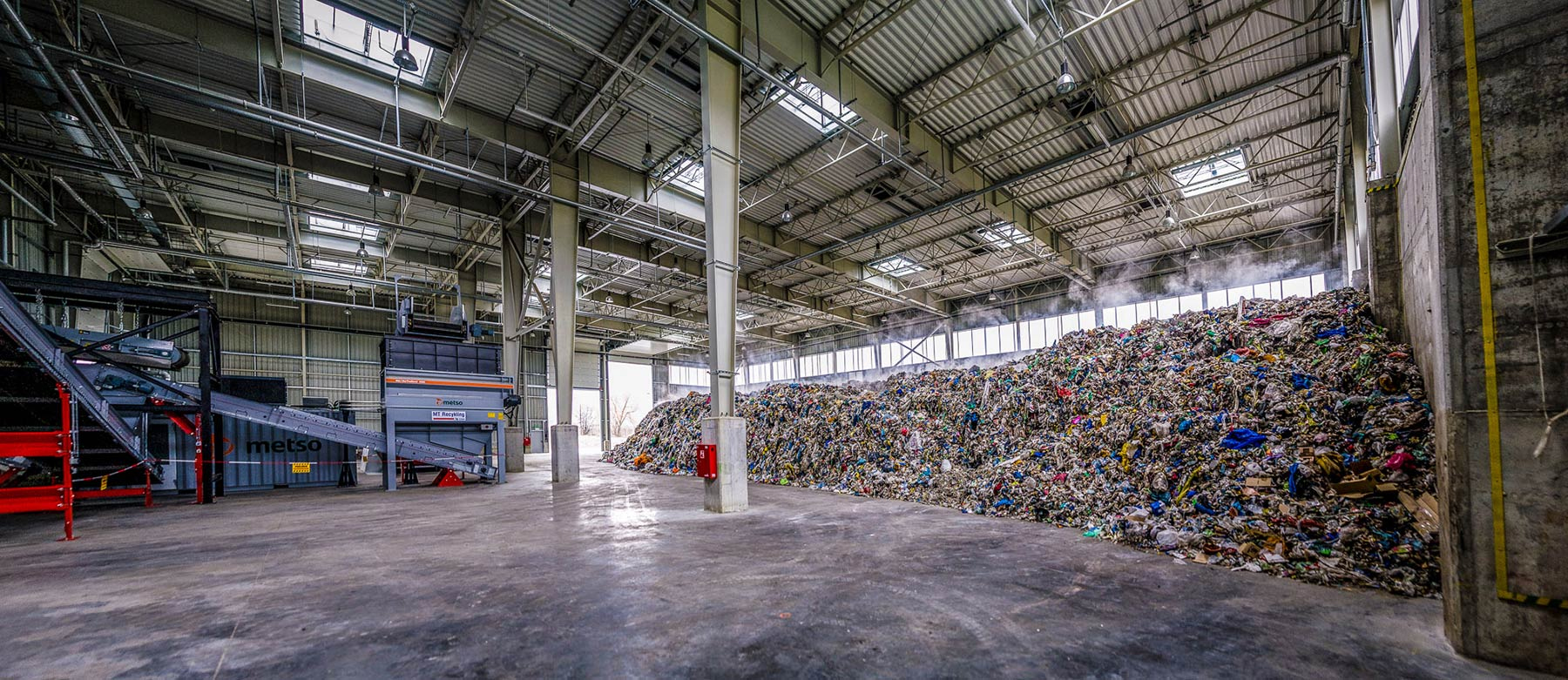Michael Ireland’s article first appeared in Bloomberg Law on July 1st.
For President Biden’s goal of halving emissions by 2030 to mesh with his infrastructure plan, he needs greener, low-carbon concrete. Michael Ireland, president and CEO of the Portland Cement Association, says the cement and concrete industry is ready to deliver, but outdated regulations and institutional inertia are hamstringing manufacturers’ ability to reduce process emissions.
Updating regulations on alternative fuels could decrease production emissions, turning concrete made with cement into the sustainable building material of choice. Revising the Resource Conservation and Recovery Act by updating the current definitions to allow materials defined as “recovered material” or “recovered resource” to be recycled as fuel would enable cement manufacturers to dramatically reduce production emissions.
Additionally, allowing the use of nonhazardous secondary materials (NHSMs) such as non-recycled paper, plastics and fibers, either through an exemption or amendment to EPA’s NHSM rule, would provide even more access to alternative fuel sources.
Today, alternative fuels comprise about 13.5% of the fuel used by domestic cement manufacturers, compared to more than 36% in the EU – and even up to 60% in Germany. U.S. cement plants began adopting alternative fuels as early as the 1970s.
So why do we lag behind other regions? Outdated regulations, which currently prohibit increased use of materials such as tire-derived fuel, non-recycled plastic, and other secondary materials as fuel are the reasons. Using these materials as fuel would divert them from landfills, avoiding decomposition and methane release.
Relatedly, cement manufacturing is one of a very few markets for the millions of tons of low-carbon fly ash generated and stored each year in landfills and impoundments. Cement and concrete made with fly ash can reduce emissions up to 30%, but current federal regulations limit the storage of such coal combustion residuals at manufacturing sites.
Federal and Local Assistance Can Help Expedite Emission Reduction
Institutional and government inertia is the other main barrier to immediately lowering cement and concrete emissions. Many actions and opportunities to reduce emissions are ready to be implemented and only require federal or local assistance.
For example, Portland Limestone Cement (PLC), a cement mix that reduces emissions up to 10% without sacrificing performance or durability, is available at scale today at cost parity, but the demand is not there. If state departments of transportation (DOTs), which are some of the nation’s largest consumers of cement, encouraged the increased adoption of PLC by just 10% by 2030 we could reduce nearly 10 million metric tons of CO2 over that time frame.
More than 30 state DOTs already allow for the use of PLC, but we need them to actively specify it as a requirement for their infrastructure projects to drive down emissions.
These short-term actions will be critical to meeting the Biden administration’s goal of halving emissions by 2030.
Scaling up Emissions Reductions
The U.S. is predicted to build the equivalent of another New York City every year through 2041. The federal government is also poised to spend trillions on reviving infrastructure, rehabilitating existing roads and bridges, and expanding construction in growing cities.
Development at this scale means we have a once-in-a-generation opportunity to set a global example on building sustainably. Concrete, made with cement, is the only material that can meet the paving and infrastructure rehabilitation and expansion demands at scale, while also providing resiliency and mitigating the effects of our changing climate.
The Biden administration has said that every dollar spent on infrastructure will be used to prevent, reduce, and withstand climate change, but this directive lacks specificity when it comes to lowering construction emissions.
Rather than have every contractor, local regulator, and developer interpret this directive, the Portland Cement Association (PCA), which represents more than 90% of U.S. cement production capacity and has member facilities in all 50 states, is developing a road map to achieve carbon neutrality across the concrete value chain. This road map is a plan for the industry to deliver “low carbon” and “greener” cement at scale – today and in the future.
We Must Also Invest in Long-Term Strategies
While those short-term solutions can make progress toward reducing emissions by 2030, cement and concrete cannot achieve carbon neutrality without carbon capture technologies. Simply put, the chemical process of heating limestone to make cement releases CO2 as a byproduct. PCA continues to be heavily involved in research and development of emerging and innovative technologies like carbon capture utilization and storage (CCUS).
However, many questions and regulatory hurdles are disincentivizing the development and adoption of CCUS. We still need to research how to best install CCUS technology at cement plants to maximize efficiency and efficacy. We also need to know where and how captured emissions will be stored. The answers to those and other questions are often difficult to find, and lengthy and complicated permitting processes can take years.
Collaboration from government is needed to scale up these technologies as well as create a national system of transport, utilization, and/or sequestration.
A Partnership for a Greener Future
Funding CCUS and other carbon neutral building materials is critical, but unlikely to deliver breakthroughs in time for the country’s upcoming major infrastructure investment. Given the scale of development planned and that of the cement and concrete industry, we need a comprehensive set of short- and long-term solutions.
PCA’s road map will guide what may be the most ambitious journey to carbon neutrality ever attempted by any heavy industry. But we cannot do it alone, and there is no silver bullet solution.
We can, however, reduce emissions much faster through collaboration with industry and private partners. And we need alignment from government, industry, and technology leaders on both short- and long-term solutions, regulations, and policy changes.
Michael Ireland is president and CEO of the Portland Cement Association.


